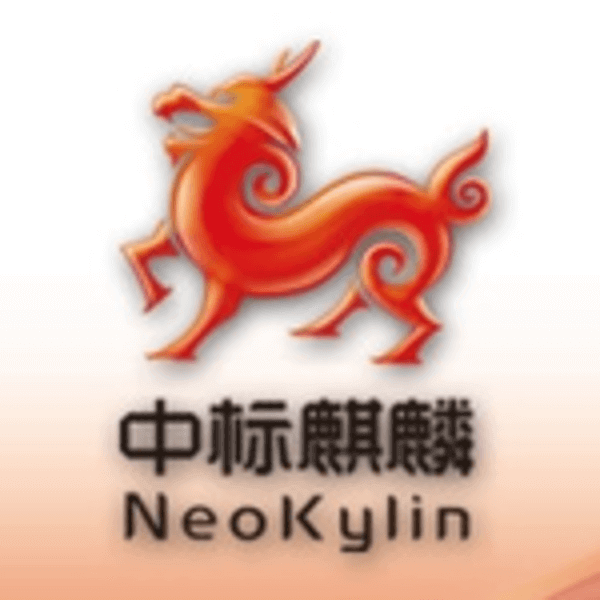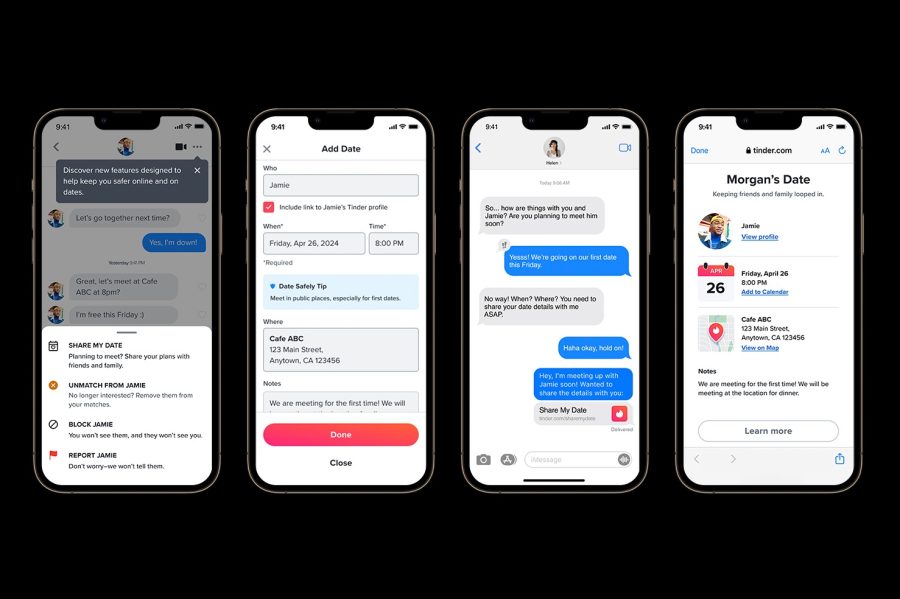For the last decade, Windows has held the emperor’s seat in Chinese enterprises. As a result, market share for Internet Explorer 9 and usage share of Bing are believed higher in China than in the U.S. When China’s National University of Defense Technology – its key research academy sponsored by the defense ministry – teamed up last January with China Standard (CS2C), the country’s principal licenser of Linux, the presumption here in the States was that China was gearing up to kick Windows out of that country.

The presumption was apparently wrong. This morning in a signing ceremony, Chinese industry officials including the president of CS2C formalized an agreement with Microsoft that will pool their research efforts toward nationwide cross-platform cloud computing. In short, it’s a pre-emptive truce.
As a first gesture toward cooperation, Microsoft has agreed to make NeoKylin Linux – the enterprise distribution produced by the CS2C/Defense collaboration and based on Red Hat Enterprise Linux – a “first-class guest” of its Hyper-V virtualization platform for Windows Server. This makes it easier for server operators in China to deploy NeoKylin VMs in data centers running Windows Server. Admins using Microsoft’s System Center software will be able to more easily generate NeoKylin VMs, and then administer patches and updates to them as necessary.
SUSE Linux Enterprise Server already enjoys first-class status with Hyper-V, by virtue of Microsoft’s 2008 agreement with Novell. And a Microsoft spokesperson confirmed to RWW this morning that, as part of a February 2009 cross-support agreement, Red Hat Enterprise Linux remains on Hyper-V’s first class support list, along with CentOS, the leading commercial derivative of RHEL, which was added to the list last May.
When CentOS joined the list, journalists interpreted the move as another attack by Microsoft on RHEL’s competitive position. This despite the fact that Red Hat was also on the list, and that CentOS is an RHEL derivative. It will therefore likely be argued further that Microsoft’s agreement with China this morning is yet another stab at Red Hat. As journalist Brian Profitt argued last month in IT World last May, following the CentOS agreement, “A big detriment to Red Hat in the commercial market is not just competing Windows and UNIX systems, but also the presence of non-commercial clone distros like CentOS and Scientific Linux, which offer very much the exact functionality of RHEL without the expensive support costs.”
Thus, any visibility Microsoft gives to Red Hat’s competitors, even though they’re leveraged from Red Hat’s platform, and even though technically Red Hat is equally visible, hurts Red Hat. But Red Hat is not equally visible on Hyper-V, at least not anymore, and Red Hat is to blame. In a controversial move last February, Red Hat began distributing its kernel source and patches in a single, so-called “obfuscated tarball” – an all-or-nothing deployment package that isn’t compatible with Microsoft’s management tools such as System Center.
As Debian kernel contributor Maximilian Attams said in an interview last February, “The only real big bastard on the cool [Debian] 2.6.32 ‘sync’ is Red Hat. Red Hat Enterprise 6.0 is shipping the linux-2.6 2.6.32 in obfuscated form. They released their linux-2.6 as one big tarball clashing with the spirit of the [General Public License]. One can only mildly guess from the changelog which patches get applied. This is in sharp contrast to any previous Red Hat release and has not yet generated the sharp and snide comments in press it deserves. Red Hat should really step back and not make such stupid management moves. Next to them even the semi-maintained Oracle ‘Unbreakable’ 2.6.32 branch looks better.”
Red Hat’s move also makes it more difficult for downstream adopters of the RHEL platform, including Oracle, CentOS and now NeoKylin, to incorporate changes from upstream. If an American company doesn’t want first-class treatment, certainly a Chinese competitor would be more than willing to substitute.










